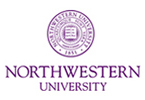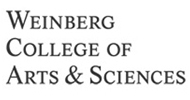Team:Northwestern/Results/Characterization
From 2011.igem.org
PROJECT

RESULTS

CONSIDERATIONS

ABOUT US

NOTEBOOK

ATTRIBUTIONS


 |
A brief overview of our analysis shows that our GFP constructs were extremely successful. Both the Las and Rhl promoters had statistically significant differences from the controls at most or all of the autoinducer concentrations we tested. The Rhl promoters produced more fluorescence overall, but also had a higher concentration dependence. The Las promoters produced very similar fluorescence values at almost every autoinducer concentration. These results provide an excellent characterization of the original registry promoters they are based on, as well as the constructs themselves. They also provide a solid basis for a device that can detect the presence of Pseudomonas Aeruginosa.
Our RFP constructs were not as successful. The results were inconsistent and the signals did not seem to be correlated to the presence of the autoinducers. One possible explanation is that we used an incompatible form of RFP, but we are unsure of that and have put the parts in the registry for future investigation.
In addition to working with the Las and Rhl dependent promoters already on the registry, we also characterized some new ones extracted directly from the Pseudomonas genome. This resulted in another potential set of promoters for use in a Pseudomonas detection device. In particular, the Rhl dependent promoter we extracted showed excellent sensitivity to PAI2.
For complete characterization information on all of our parts, please refer to our Biobricks page. Clicking on a part will take you to the Registry of Standard Biological Parts, where the complete analysis for that part is posted.
 "
"




